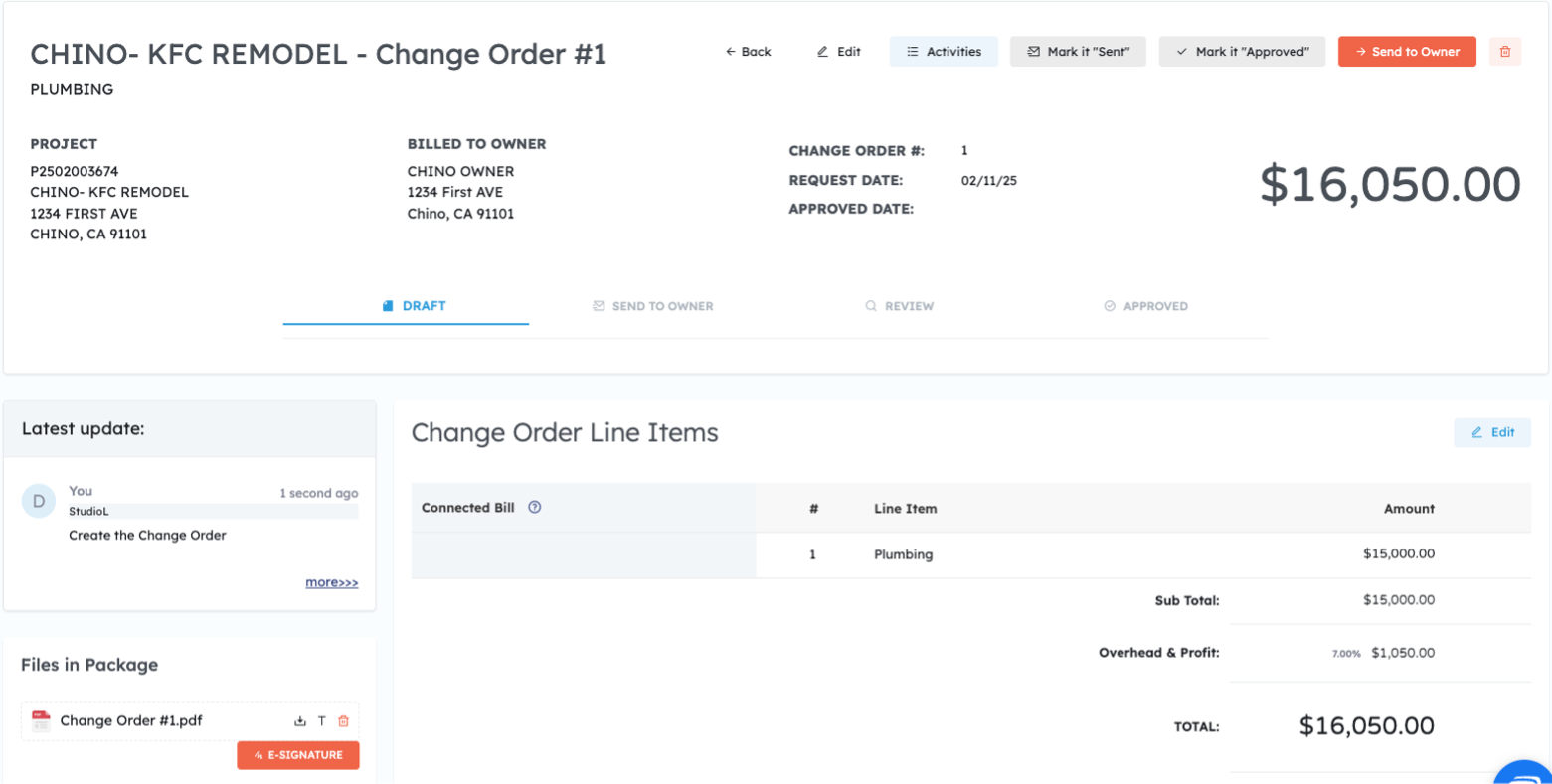As the owner of Applegate Home Improvements, a small general contractor specializing in kitchen and bathroom remodels, I’ve always valued clear communication with our clients. However, a recent kitchen renovation project revealed a weakness in our change order process — relying on oral agreements.
During this project, the homeowner requested the addition of under-cabinet lighting, which wasn’t part of the original plan. In that busy workday, I verbally agreed to this change, assuming we would sort out the specifics later. As the work progressed, it became clear that there was a significant misunderstanding about the extent of the lighting installation.
Without a documented agreement, our interpretations of the change diverged. The homeowner envisioned a simple addition, while I had planned a more comprehensive system. This discrepancy led to disagreements over the extent and cost of the additional work, resulting in complications when it came time to finalize the project billing.
This situation highlighted the main issue: the lack of prompt documentation and reliance on oral agreements. With numerous small change orders occurring across various projects, it became difficult to keep track of everything. Invisible losses began accumulating, and we couldn’t pinpoint where the money was going. Not only did this affect our project budgets, but it also created confusion and strained relationships with clients.
To address these recurring issues, we adopted APARBooks. The platform significantly improved how we handle change orders. Now, all proposed changes are promptly logged in the system. Both parties can review the details, adjust, and provide digital signatures for approval. The platform even automatically generates and sends email notifications, ensuring everyone stays informed.

Since implementing APARBooks, we’ve completely eliminated verbal agreements for change orders. Every modification is now clearly documented, formally approved, and easily accessible. This structured approach has not only prevented misunderstandings but has also improved communication with clients. The transparency has allowed us to manage projects more effectively, improving our overall financial control.









